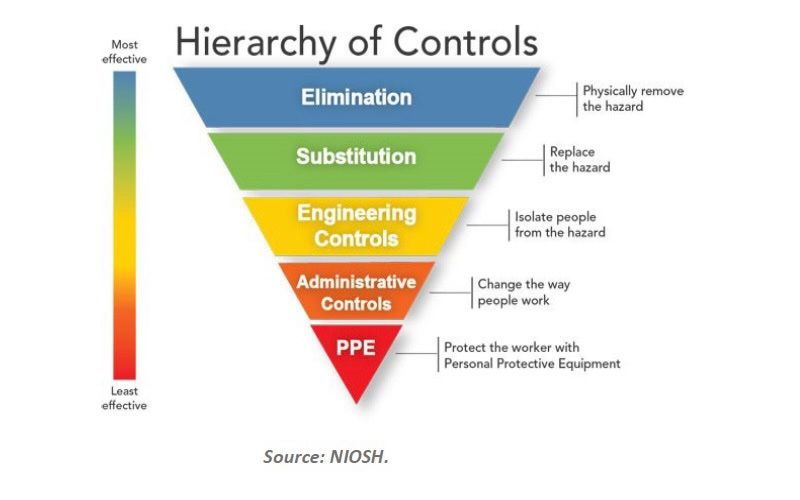As a 1988 graduate of Virginia Tech, the recent events in Blacksburg, Va., are very much on my mind. While OSHA has taken no position on this event other than to express sincere condolences to families affected, I thought it might be appropriate to write an article on workplace violence. Workplace violence is not a new concern for OSHA.
As a 1988 graduate of Virginia Tech, the recent events in Blacksburg, Va., are very much on my mind. While OSHA has taken no position on this event other than to express sincere condolences to families affected, I thought it might be appropriate to write an article on workplace violence.
Workplace violence is not a new concern for OSHA. A search of OSHA’s standard interpretations shows results for letters as far back as 1991 on this subject. The data is clear. Workplace violence is still a serious problem.
A 2005 Bureau of Labor Statistics Survey on Workplace Violence found that nearly 5% of the 7.1 million private establishments in the United States had experienced at least one incident of workplace violence in the previous year. The most currently available data shows in 2005, there were 564 workplace homicides and 177 workplace suicides. Those numbers combined represent 14% of all workplace fatalities. Visit www.bls.gov for more information.
Many of these incidents represent random, mainly unpredictable, acts. However, some occupations, such as convenience store clerks and taxi drivers, are exposed to an increased possibility of being the victim of a violent act, sometimes due to factors inherent to the job, such as isolated work locations or late night work hours.
There are no specific federal OSHA standards for workplace violence. Enforcement issues related to workplace violence are handled under the General Duty Clause of the Occupational Safety and Health Act of 1970, known as Section 5(a)(1). This section requires employers to provide a safe workplace for employers by keeping it free of recognized hazards.
Obviously, a random, unpredictable act would not usually be considered a “recognized hazard.” Some rare situations, however, might lead OSHA to consider the use of the General Duty Clause to cite employers for hazards associated with workplace violence. Such a decision would be entirely based upon the specific facts of the case.
Workplace violence laws
Some states do have their own workplace violence laws, such as California and New Mexico. Some of these state plan states have issued citations. Federal OSHA’s last workplace violence citation involved an organization that exposed its employees to physical violence from vagrants. Employees in this organization were required to work alone at night, in an isolated location, with no emergency communications or security. The employer was fully aware of previous attacks on employees, and they failed to provide safe working conditions.
In some cases where OSHA may not find all of the elements to support a General Duty Clause violation, they may issue what’s known as a “Section 21” letter. Section 21 of the OSH Act authorizes OSHA to train employers and employees about workplace hazards and appropriate abatement methods. These letters are issued where there is no standard, but OSHA believes significant conditions exist that should be brought to an employer’s attention. No citations are issued. Through these letters, however, OSHA attempts to educate the employer so that exposure to a hazard may be reduced or eliminated.
The letters may contain specific information or guidance relating to the particular circumstances of the employer’s worksite, and suggestions for abatement. The agency has issued several “Section 21” letters for workplace violence over the last three years.
OSHA’s Web site has information on the topic of workplace violence at www.osha.gov/SLTC/workplaceviolence/ . The pages are a clearinghouse for information on the topic, including links to sources outside of OSHA. Other agencies, such as the National Institute of Occupational Safety and Health, the Department of Justice, and state sites in California and Oregon have information and guidance on the subject.



